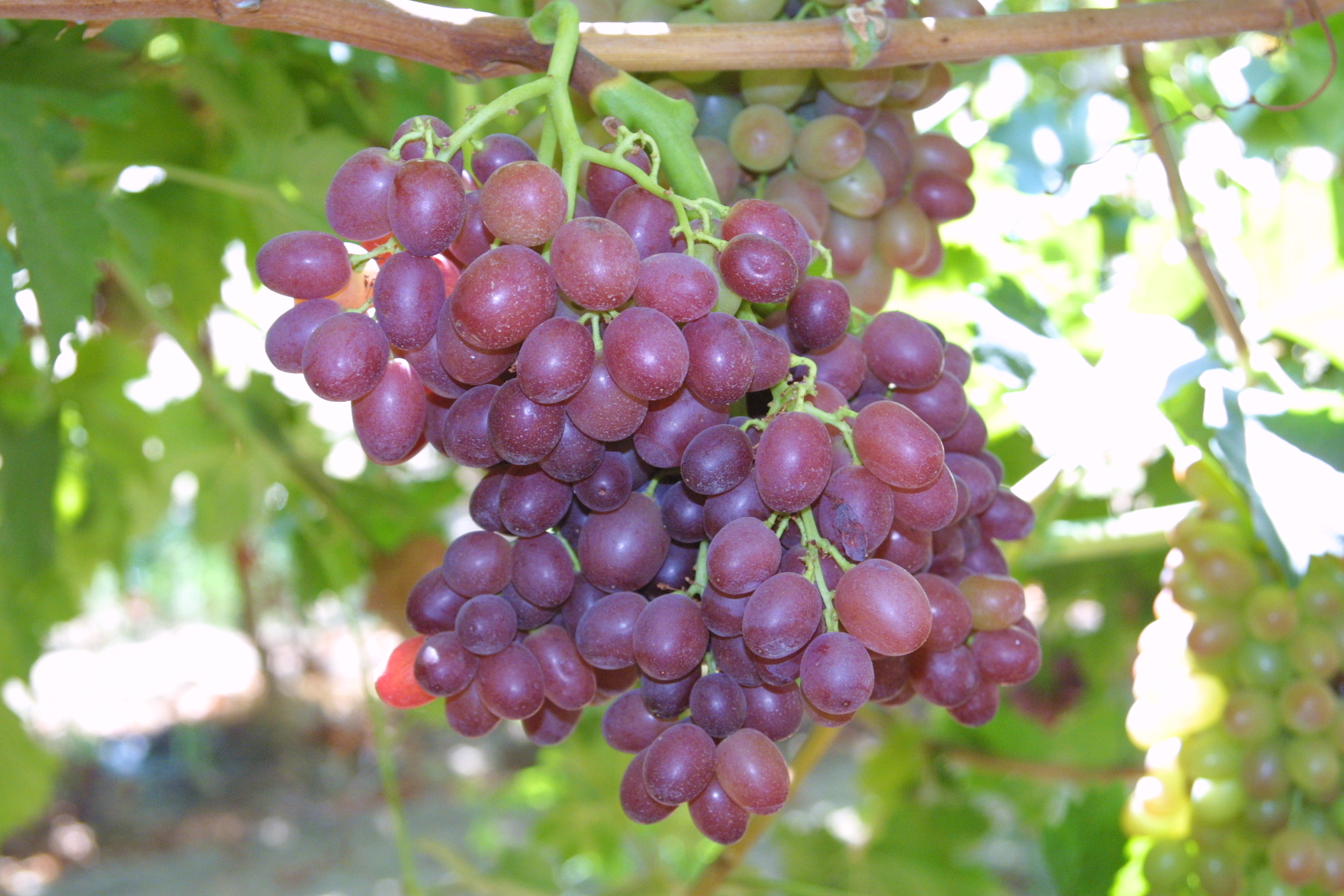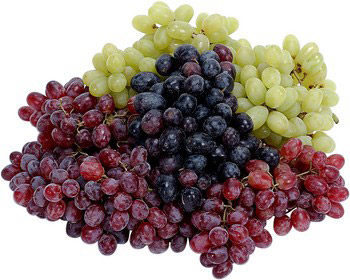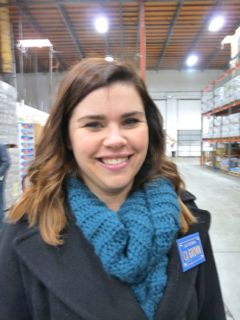Enjoy California Table Grapes Year-Round
Harvest Will Continue into December
By Jessica Theisman, Associate Editor
The California grape season is beginning, and the harvest will continue into the winter. California Ag Today recently spoke with Kathleen Nave, president of the Fresno based California Table Grape Commission, about table grapes.
The California Table Grape Commission was established by an act of the state legislature in 1967 and approved by a grower referendum in 1969. The purpose of the commission is to maintain and expand markets for fresh California grapes and to create new, larger interstate and foreign markets.
“We are just getting started with a California season. We will be picking grapes all the way into December,” Nave said.
Grapes are a spring, summer, fall and early winter fruit. Sixty percent of the table grapes that are harvested in the state of California are harvested after September first.
“I would just ask people to remember that they can enjoy California grapes in the spring and the summer, in the fall and into the early winter,” Nave said.
There are new varieties of California table grapes. These grapes have been grown by and designed to provide more product for the customer.
“New varieties of grapes were created that would allow growers to continue growing and harvesting in the late October, November, and December time period,” Nave explained.
These varieties were created with the climate in mind. This way, they can thrive and be packed and shipped in November and early December.
“It takes a long time to develop new varieties of table grapes, get them out in the field, learn how to grow them and to get them to the marketplace,” Nave said.









 _____________________________
_____________________________








